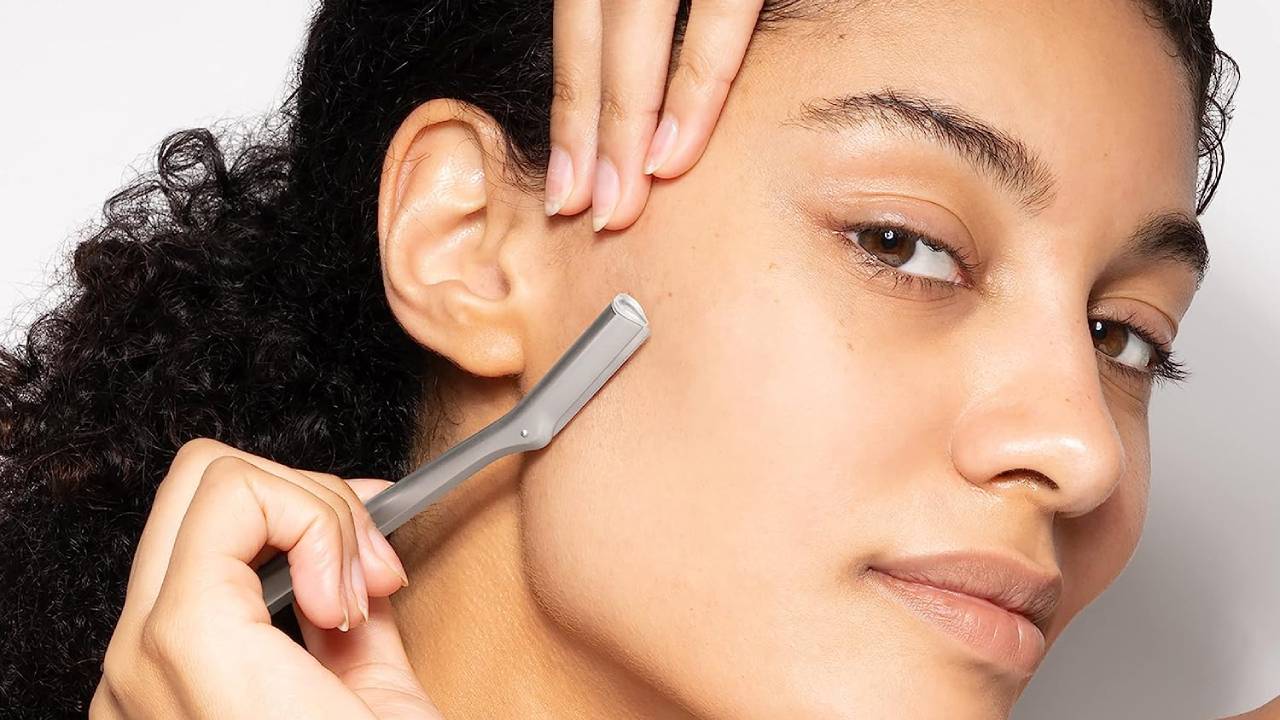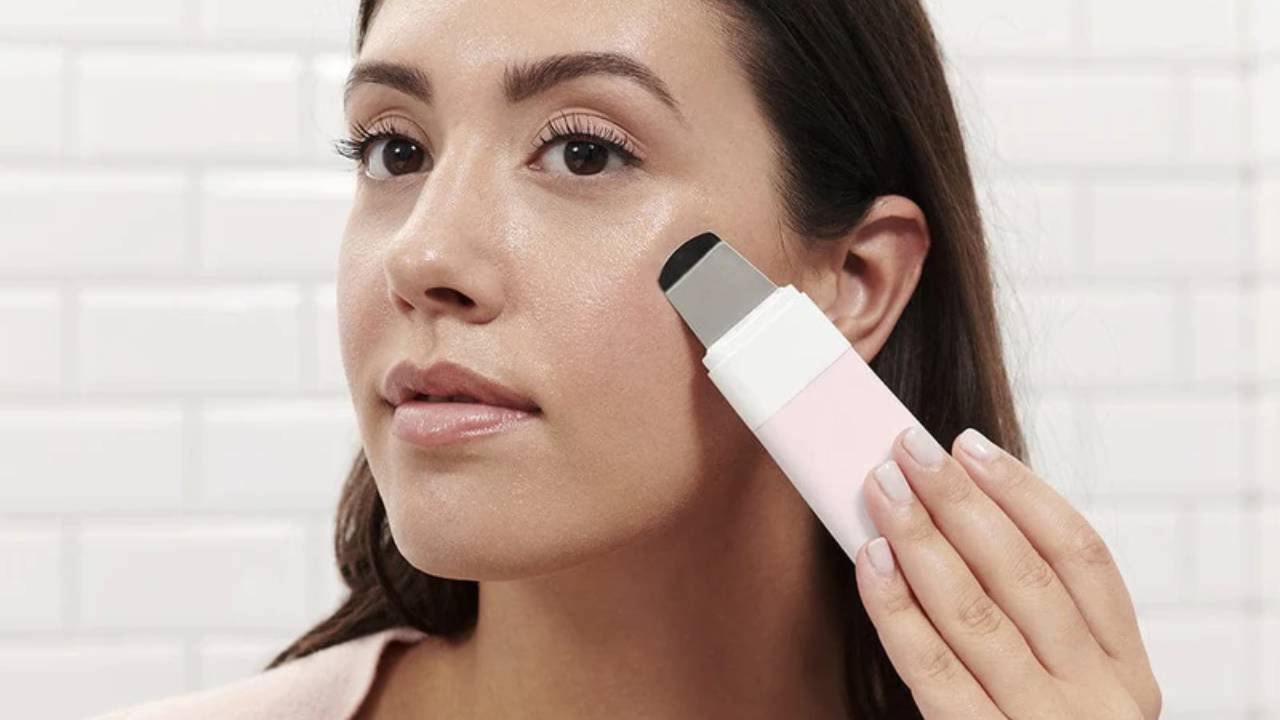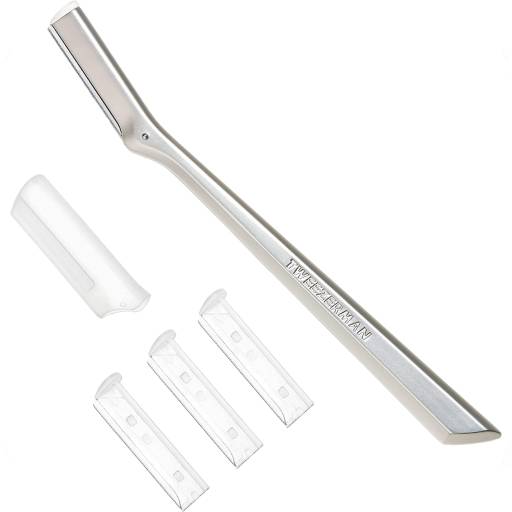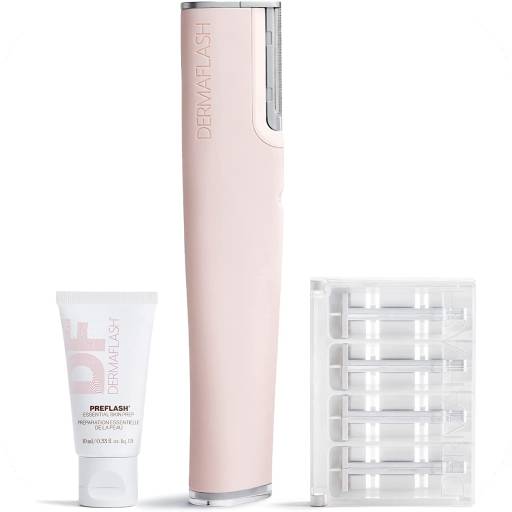Dermaplaning: what it is, how it works & the best products to use
Here’s everything you need to know about dermaplaning


In hot pursuit of the perfect skin, many people are turning towards dermaplaning. Over the past few years, dermaplaning has received a huge surge in popularity with more and more people booking in professional dermaplaning appointments or trying it themselves at home.
But, what is dermaplaning? How does it work? Is it the same as shaving? In this guide, we take you through everything you need to know about dermaplaning, including the top three dermaplaning tools that you can try at home.
If you’re interested in hair removal for your entire body, check out the best IPL machines for our top picks from Philips, Sensica and more.
What is dermaplaning?
Dermaplaning is a non-invasive cosmetic procedure that shaves away the top layers of your skin. That might sound scary and considering that the tools used for the treatment look like scalpels, we wouldn’t blame you for being a little bit apprehensive about dermaplaning. But dermaplaning almost acts the same way as shaving does, in that the blade is used to scrape away facial hair.
Now, that’s not to say that dermaplaning and shaving are the same thing. While dermaplaning does painlessly remove unwanted peach fuzz, it also exfoliates the skin, removes fine wrinkles and improves the surface and complexion of the skin by ridding it of dead skin cell build-up. The best razors are only designed for hair removal so they’re completely different from one another (and you should not be using razors to dermaplane or a dermaplaning scalpel for shaving – hear us loud and clear on that one!)
Dermaplaning should be performed by a licensed professional. While there are dermaplaning tools on the market that you can try for yourself at home, you’ll get the best and safest results by booking a dermaplaning appointment. Although dermaplaning does involve a blade scraping across your face, it should be painless and it needs to be done at the correct angle, which is why it's best to book an appointment to get it done for you.
Dermaplaning pros
Other than removing peach fuzz and hair from your face, dermaplaning is a great treatment for your skin. By getting rid of unwanted hair, your skin will feel super soft, but dermaplaning takes this a step further by smoothing out uneven skin textures and improving your complexion. Dermaplaning also exfoliates the skin and by removing the top layer of dead skin cells, it leaves your face looking brighter and fresher.
Get all the latest news, reviews, deals and buying guides on gorgeous tech, home and active products from the T3 experts

Dermaplaning cons
Despite dermaplaning being a non-invasive procedure, it does involve a blade being drawn over the skin which can sometimes lead to irritation and inflammation. Dermaplaning can also worsen acne and breakouts, and it could potentially spread bacteria over the face and make your skin inflamed and more prone to spots. Experts say it’s best to avoid dermaplaning with any active breakouts and if you have acne, they suggest speaking to a dermatologist before trying it. While it’s quite rare, dermaplaning can sometimes lead to potential scarring if not done properly.
Who should avoid dermaplaning?
People who have sensitive skin, acne or eczema are advised to not try dermaplaning. Other skin conditions like rosacea or anyone with a rash or sun damage should also avoid dermaplaning as it can irritate and inflame the skin.
The best dermaplaning tools
As mentioned above, the best way to try dermaplaning is to book an appointment with a licensed professional. If you’re a beginner, this is definitely advised and if you have any skin conditions, you should speak to a dermatologist before trying dermaplaning at all.
But, with the many tools available in stores and online, dermaplaning at home is extremely popular and we’ve rounded up the best and most recommended tools that you can try for yourself. Just remember to follow the instructions that come with the device, regularly replace the blade and properly take care of your skin before, during and after the treatment.

Best dermaplaning tool overall
+ Glides over the face
+ Quality materials built to last
+ Affordable
- Could do with more blade replacements
The Tweezerman Facial Razor is a reusable dermaplaning tool and one of the best you can get on the market today. Made of stainless steel, this facial razor is hygienic, durable and easy to clean (although you should be replacing the blade every 2-3 months). It’s sharp, glides easily over the skin to remove hair and dead skin cells for a brighter and vibrant complexion. For £18, it’s fairly inexpensive and it comes with 3 replacement blades.

Best dermaplaning tool for beginners
+ Not too sharp
+ Beginner friendly tool
+ Hypoallergenic
- Mainly focused on removing facial hair
If you’re a dermaplaning beginner or a little nervous about using a blade on your face, the Finishing Touch Flawless Face 3.0 is a friendly tool that isn’t too sharp. It’s mostly designed for removing facial hair which it does painlessly and successfully. The Finishing Touch Flawless Face 3.0 has a hypoallergenic head that minimises redness and itchiness, plus it has an integrated LED light so you don’t miss any hairs.

Best premium dermaplaning tool
+ Incredibly precise
+ Expert recommended
+ Comes with skin-prepping formula
- Expensive
If you want the best of the best, and money isn’t an object, the Dermaflash Luxe+ is the best premium dermaplaning tool you can get. While it’s quite expensive and replacing the blade isn’t cheap either, the Dermaflash Luxe+ is incredibly precise and comes with a skin-prepping formula to prepare and protect the skin during the treatment. It’s hygienic, has advanced safety guards and it’s recommended by the experts, so you know it’s good.

Beth is Home Editor for T3, looking after style, living and wellness. From the comfiest mattresses to strange things you can cook in an air fryer, Beth covers sleep, smart home, coffee machines, watches, grooming tools, fragrances, gardening and more.
In her spare time, Beth enjoys running, reading, baking and attempting craft projects that will probably end in disaster!